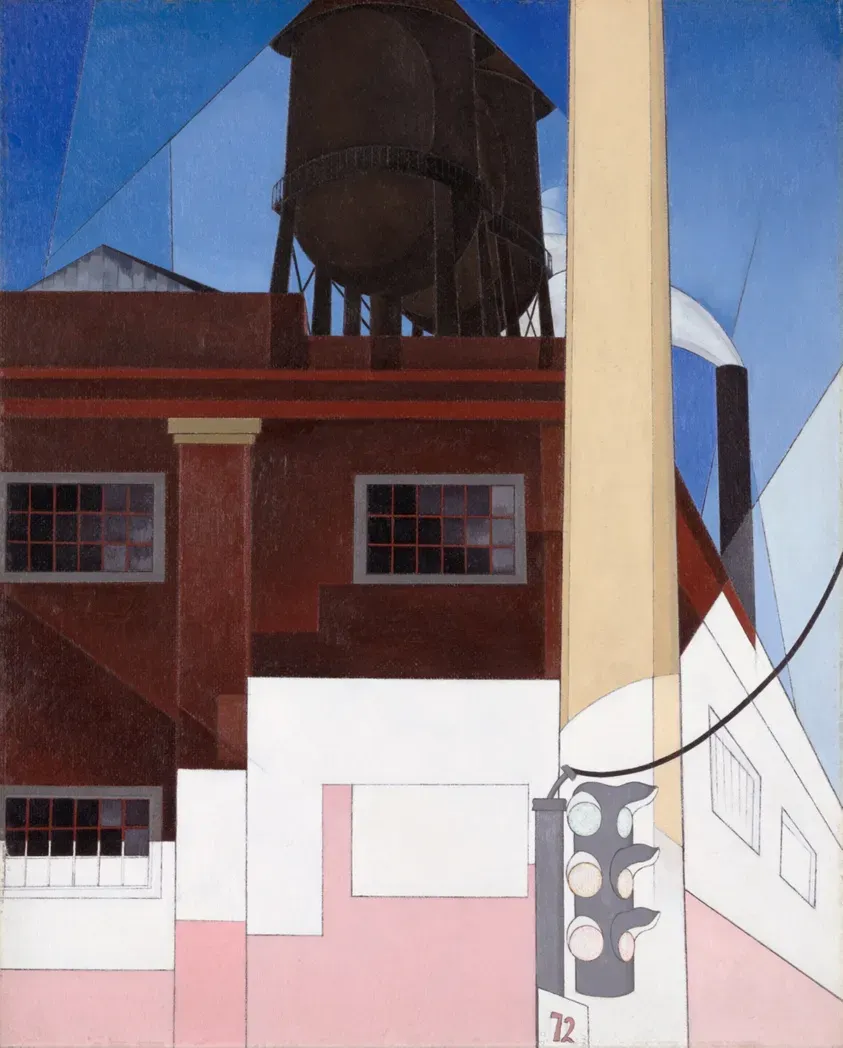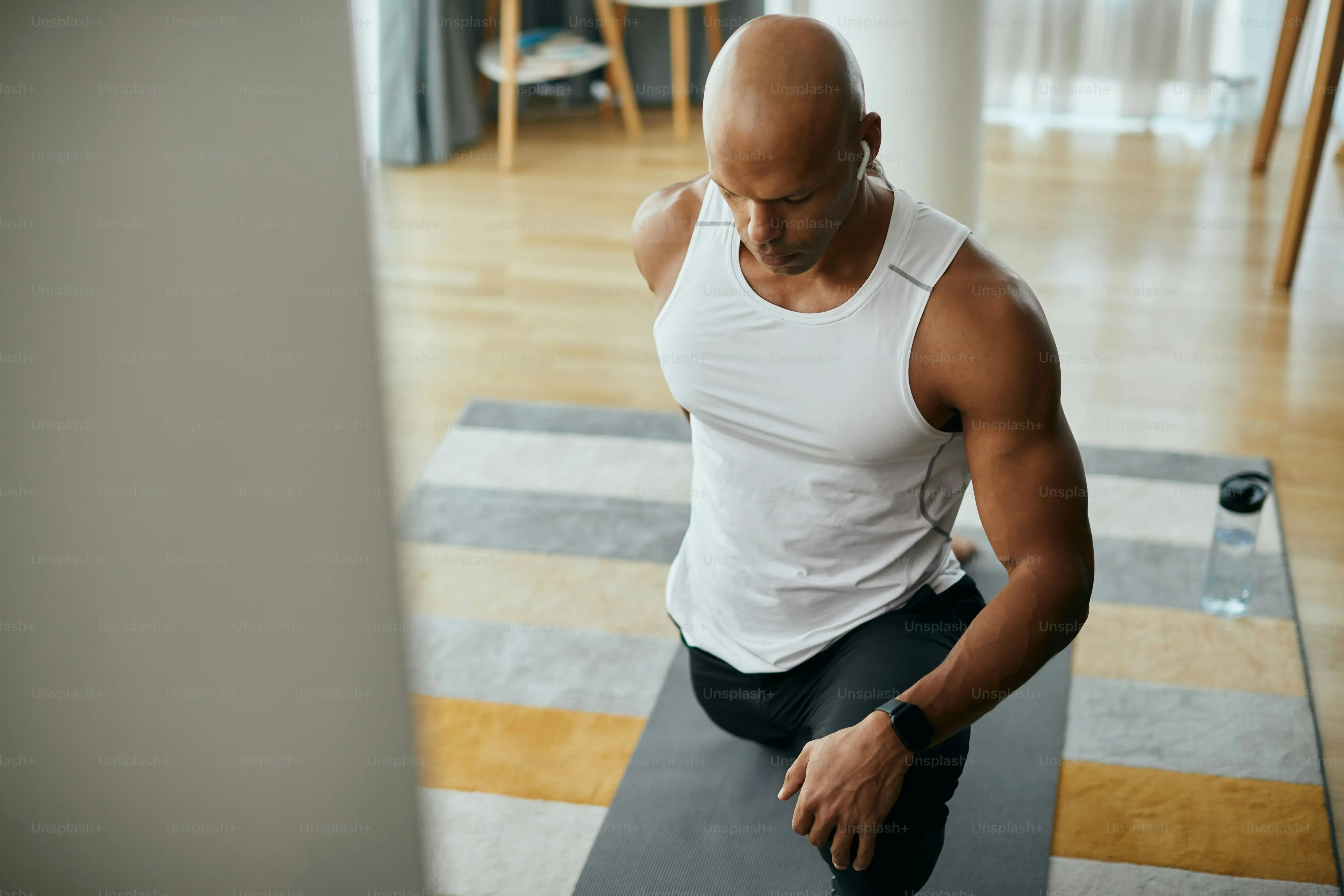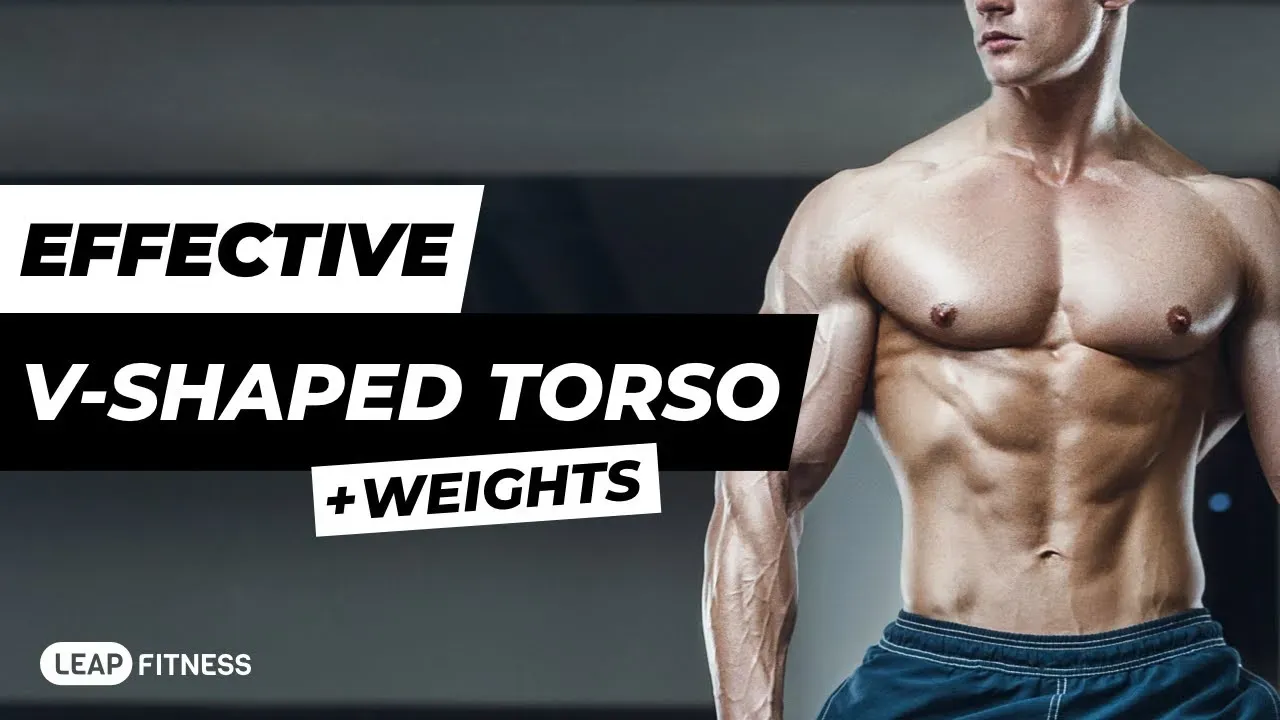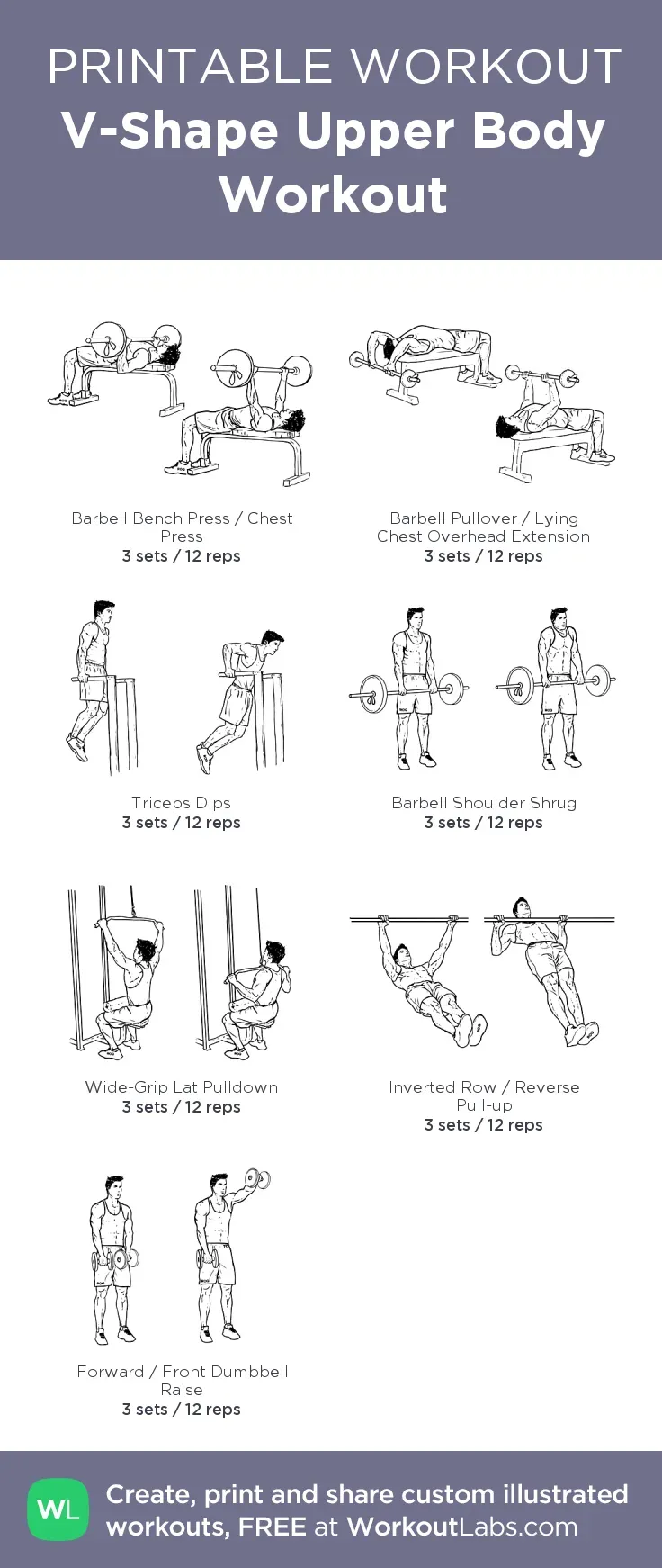Table of Contents
Chasing that classic V-shape torso? Many folks hit the gym, hammering away at bench press hoping for a miracle, often neglecting the key players in building that wider, more defined look. It's not just about the pecs; your back, shoulders, and even how you approach your training matter significantly. And yes, you can absolutely work towards this goal without leaving your living room.
What Muscles Build That VShape Look?

What Muscles Build That VShape Look?
The Powerhouse: Your Lats
When you picture that classic V-shape, widening from the shoulders down to the waist, the first thing you should think about isn't your chest size. It's your back, specifically the Latissimus Dorsi muscles, or "lats." These are the large, flat muscles under your armpits that stretch across your back to your spine and down to your hips. Developing these muscles is non-negotiable for creating that wider upper body frame that tapers down. Think of them as the wings of your V.
Beyond the Lats: Shoulders and Upper Chest
While the lats provide the width, your shoulders and upper chest contribute significantly to the overall aesthetic and "thickness" of the V-shape. Well-developed deltoids, especially the side and rear heads, make your shoulders appear broader, enhancing the taper. Your upper pectoral muscles, when trained effectively, add definition and fullness up top, further emphasizing the difference between your chest/shoulder width and your waist. It’s a combination play, not a solo act by the lats.
- Latissimus Dorsi (Lats)
- Deltoids (Shoulders - especially side and rear)
- Upper Pectorals (Upper Chest)
- Rhomboids and Traps (Mid/Upper Back - for posture and thickness)
- Core Muscles (For stability and defining the taper)
The Supporting Cast: Core and Overall Balance
Building a V-shape isn't just about making your back and shoulders big; it's also about making your waist look smaller in comparison. This is where core strength comes in. A strong, engaged core helps maintain good posture, which makes your upper body appear more upright and broader. It also contributes to a tighter midsection, enhancing the visual taper. Don't neglect exercises that work your entire back, like rhomboids and traps, as they add thickness and improve posture, making the V look more substantial from all angles. It's about creating a balanced physique, not just isolated muscle groups.
Your Quick V Shape Chest Workout at Home Routine

Your Quick V Shape Chest Workout at Home Routine
Getting Started: Minimal Time, Maximum Impact
so you're busy. Life happens. Hitting the gym for an hour-long session isn't always in the cards. That's exactly why we're talking about a **v shape chest workout at home** that doesn't eat up your entire evening.
The goal here is efficiency.
We want to hit the key muscles hard and fast, stimulating growth and building that shape without needing a ton of equipment or time.
Think of this as your go-to when time is tight but you still want to make progress.
Consistency with a shorter, intense session beats skipping workouts altogether.
Structuring Your At-Home V-Shape Session
A solid **v shape chest workout at home** needs structure, even if it's brief.
We're focusing on compound movements and variations that challenge those V-building muscles: lats, shoulders, and upper chest.
Bodyweight exercises are your friend here, but adding resistance bands or adjustable dumbbells if you have them can seriously ramp things up.
We'll move quickly between exercises to keep the intensity high and make the most of the limited time.
Short rest periods are key in this kind of express workout.
Exercise Focus | Target Muscles |
|---|---|
Pulling (Vertical/Horizontal) | Lats, Rhomboids, Traps |
Pushing (Incline/Flat) | Upper Chest, Shoulders, Triceps |
Lateral Raises/Pulls | Side Deltoids |
Warming Up and Cooling Down Smart
Even in a quick workout, don't skip the warm-up.
Five minutes of light cardio like jogging in place or jumping jacks gets your blood flowing.
Follow that with some dynamic stretches: arm circles, shoulder rotations, torso twists.
This prepares your muscles and joints for the work ahead and reduces injury risk.
After the workout, a few minutes of static stretching for your chest, back, and shoulders helps improve flexibility and recovery.
It’s a small investment in time that pays big dividends.
Key Exercises for Your V Shape Chest Workout at Home

Key Exercises for Your V Shape Chest Workout at Home
Building the "Wings" with Pulling Power
Alright, let's talk about the engine room for that V-shape: your back. Specifically, the lats. For a serious **v shape chest workout at home**, you absolutely need pulling exercises. If you have a pull-up bar (even a doorway one), pull-ups and chin-ups are kings. Nothing beats them for building width. Aim for controlled reps, really squeezing your shoulder blades together at the top. If pull-ups aren't happening yet, don't sweat it. Inverted rows using a sturdy table or chair work wonders. Lie on your back, grab the edge, and pull your chest towards it. You can adjust the difficulty by changing your body angle. Even simple resistance band pull-aparts or dumbbell rows (if you have weights) are crucial for hitting those mid-back muscles that add thickness and improve posture.
Pressing and Raising for Upper Definition
Now, let's bring in the front and sides – your upper chest and shoulders. While the back gives you width, these areas provide definition and roundness, completing the V. For your chest, incline push-ups are fantastic at home. Prop your hands up on a sturdy surface like a chair or coffee table. The higher the surface, the easier it is, but the more it targets your lower chest. To hit the upper chest, try decline push-ups with your feet elevated. Standard push-ups are great too, don't forget those. For shoulders, especially the side deltoids that make you look wider, lateral raises with light dumbbells or resistance bands are a must. If you don't have weights, you can even use filled water bottles or cans. Alternating dumbbell shoulder presses build overall shoulder mass and contribute to that broad look from the front.
- Pull-Ups/Chin-Ups (if possible)
- Inverted Rows (using table/chair)
- Dumbbell Rows
- Resistance Band Pull-Aparts
- Incline/Decline Push-Ups
- Standard Push-Ups
- Dumbbell Lateral Raises (or band/household items)
- Alternating Dumbbell Shoulder Press
Putting It Together and Adding Detail
A good **v shape chest workout at home** isn't just a random collection of exercises; it's about hitting the right muscles with intention. Think about pairing a pulling exercise with a pushing exercise, or focusing on different angles. For instance, after a set of inverted rows, move straight into incline push-ups. This super-sets opposing muscle groups and keeps the intensity high. While cable raises are great in a gym, you can mimic the movement for your rear deltoids and upper back with resistance bands or even bodyweight exercises like face pulls or band pull-aparts. Don't forget core work – planks and twists help cinch the waist, making your upper body stand out even more. It's the synergy of hitting back width, shoulder roundness, upper chest fullness, and a tight core that truly creates the V.
Boosting Results from Your V Shape Chest Workout at Home

Boosting Results from Your V Shape Chest Workout at Home
Pushing Past Plateaus: The Art of Progression
Look, doing the same thing week after week isn't going to get you that V-shape any faster.
Your muscles are smart, maybe too smart sometimes.
They adapt.
To keep seeing progress from your **v shape chest workout at home**, you've got to make it harder over time.
This doesn't mean doing 100 push-ups if you can already do 50 easily.
It means finding ways to challenge yourself.
Maybe that's doing more reps than last time, or adding an extra set.
It could be slowing down the movement, making each rep tougher.
Or, if you have weights or bands, gradually increasing the resistance.
Got push-ups down? Try elevating your feet for a decline push-up.
Mastered inverted rows under the table? Find a lower surface to make the angle steeper.
Small, consistent increases in difficulty are the secret sauce.
Don't get stuck in a rut; your muscles won't grow if they're not forced to.
Fueling the Machine: Nutrition and Recovery
You can crush your **v shape chest workout at home** all day long, but if you're not eating right and getting enough rest, you're essentially spinning your wheels.
Building muscle requires protein.
Think of it as the bricks your body uses to repair and build stronger tissue after you've broken it down during the workout.
Make sure you're getting enough lean protein sources throughout the day.
Carbs are important too; they provide the energy for your workouts.
And don't forget healthy fats.
Equally critical is recovery.
Your muscles don't grow while you're lifting; they grow when you're resting.
Aim for 7-9 hours of sleep per night.
Give your muscles adequate time to recover between workouts targeting the same groups.
Pushing too hard without rest is a fast track to burnout or injury, not bigger lats or chest.
- Increase reps or sets over time.
- Slow down exercise tempo.
- Use more challenging exercise variations (e.g., decline push-ups).
- Gradually add resistance (bands, weights).
- Prioritize adequate protein intake.
- Ensure sufficient sleep (7-9 hours).
- Allow muscles rest days between intense workouts.
FAQs About Building a VShape Chest

FAQs About Building a VShape Chest
FAQs About Building a V-Shape Chest
let's tackle some of the questions that usually pop up when folks start thinking about building that V-shape, especially with a **v shape chest workout at home**. People often wonder how long it takes to see results. The honest answer? It varies. Genetics play a role, consistency is huge, and how hard you actually push yourself matters more than the specific exercises sometimes. Don't expect drastic changes overnight; think months, not days or weeks. Another common one: "Do I need weights?" While weights or bands certainly help add resistance and progression options, you can make significant progress with just your bodyweight by using variations and focusing on intensity. It's about making the exercise challenging, not just doing a high number of easy reps. And what about diet? Absolutely critical. You can't build muscle out of thin air, and you can't reveal the shape if it's hidden under excess body fat. Eating enough protein and maintaining a reasonable calorie intake is non-negotiable.
- How long until I see results?
- Can I build a V-shape without weights?
- Is diet important for a V-shape?
- How often should I do this workout?
- Can women build a V-shape chest?
Building Your V-Shape, One Rep at a Time
Getting that V-shape chest isn't some mythical quest reserved for gym rats with fancy equipment. As we've covered, it's about smart training that targets the right muscles – yes, including the often-forgotten back and shoulders – and staying consistent. This **v shape chest workout at home** gives you a solid starting point. It won't happen overnight, and you'll still need to push yourself, but putting in the focused work consistently will yield results. Stop making excuses and start making progress from your living room.
